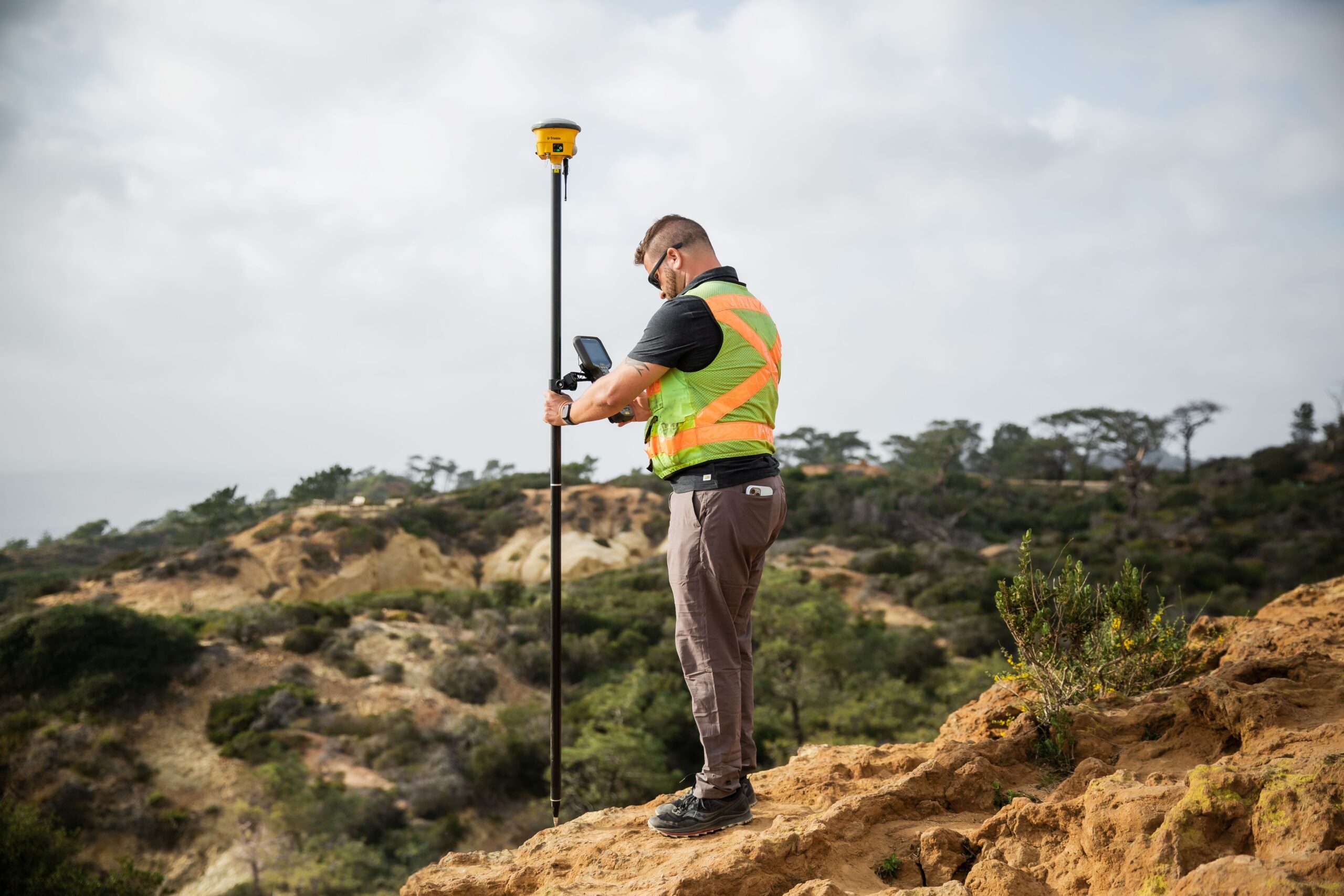Published: 28 Feb 2024
Due to the nature of the work, lone working can be a regular occurrence within the surveying profession. A lone worker can be anyone who, at any time, works by themselves, without direct or close supervision. While it is legal to be expected to carry out lone working, it is also important that you are aware of your surrounding, and any potential, risks.
Depending on the circumstances, official risk assessments and method statements are sometime required for lone working. In other instances, it is enough to just be aware of your surroundings and act accordingly. Most companies will have a policy in place for lone working, and where this is the case, it is imperative that you follow it.
What are the risks?
The risks of lone working will depend on the situation, and most likely be dependent on where you are working. Surveying can take place anywhere, from busy roads and highways through to deserted fields. Often, even if the surveying is done on site, as the survey is one of the first things required, they can often find themselves lone working onsite too.
While there might be a preconception that the riskiest lone working will be when a surveyor is working in an isolated location, there can be equally as many risks, albeit different ones, when you are working in a busy location. In isolated areas the risks are most likely be in the form of accidents, where no one will be aware that they have taken place, while in busy areas the risks might take the form of moving vehicles or even passersby. A big lone working risk, particularly for surveyors, is the risk of equipment theft. With some survey equipment, such as scanners, being worth hundreds or thousands of pounds, it is important that you monitor your equipment and do your best to keep it and yourself safe, particularly when you are working alone.
Planning ahead
Regardless of the policies in place, there are a number of things you can do to make lone working as safe as possible. Always ensure that your mobile phone is fully charged – and keep an eye on whether you have signal where you are working. Inform a colleague of where you are going and how long you will be there. If possible, also agree to check in with each other during the time you are alone onsite – or if there is no signal, make sure you call in when you leave site. Plan your journey and ensure you have everything you might need with you. When you are not using a piece of equipment, make sure that it is stowed away safely. Perhaps most importantly, if you feel the situation you are in is unsafe, remove yourself from it. Your safety should remain the number one priority.
If you are interested in finding out more about keeping yourself and your equipment safe, we are running a Situational Awareness training day, hosted by Leica on 12 March. Find out more here https://www.tsa-uk.org.uk/events/tsa-situational-awareness-training-day/

